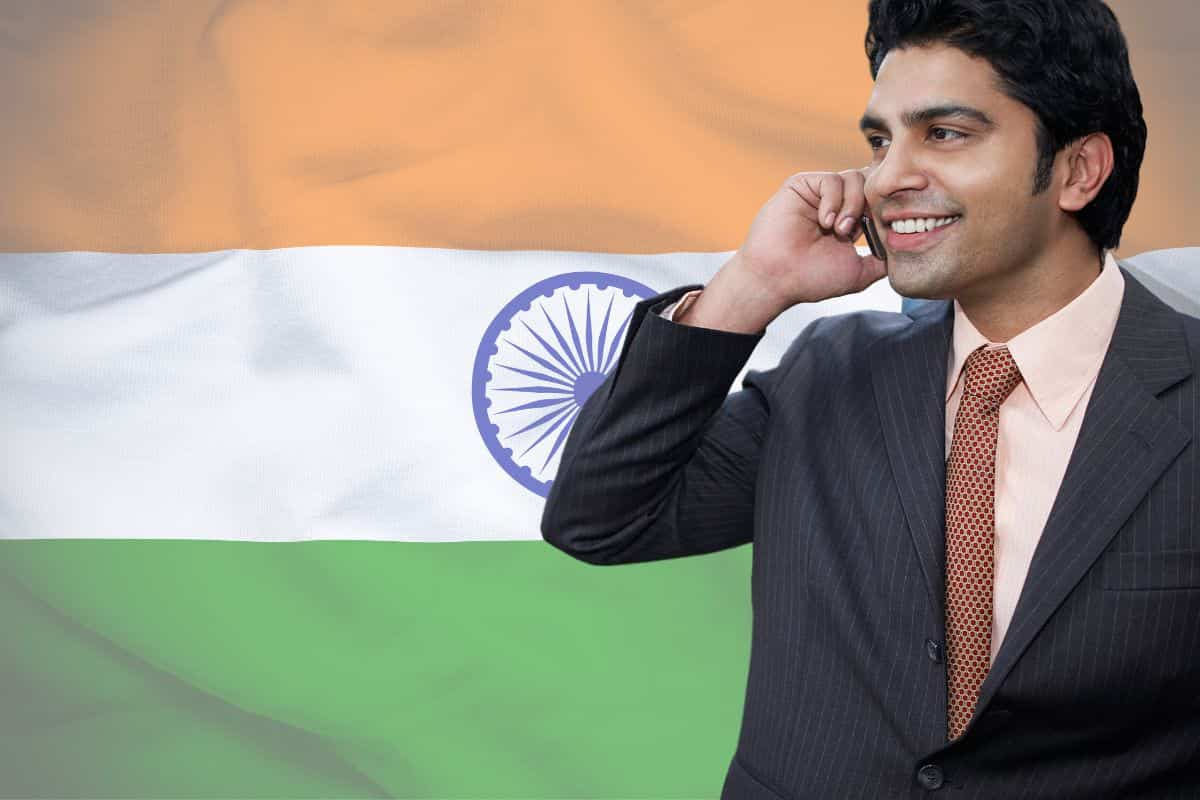The business etiquettes in India revolve around forming trustworthy relationships. Stay humble and honest to flourish opportunities in this country. Also pay attention to the strict hierarchy of Indian businesses.
Table of Contents
1. Punctuality
Being on time for business meetings is a crucial part of Indian business etiquette. While doing business dealings, it is considered rude and disrespectful to be late; expect your Indian counterparts to be on time or even a little early to arrange meetings.
If you are running late, it is considered polite to let your partners know as soon as possible. If you are severely delayed, it is best to offer to postpone the meeting and provide an alternate time.
Interestingly, outside of business relationships, punctuality becomes much less critical in Indian society. In social situations, it is common to arrive up to an hour after the stated start time!
2. Business Attire
Indian business dress code varies dramatically across the country, making it difficult to make generalised statements. However, there are a few basic rules to follow that should put you in good stead wherever you find yourself.
Smart, professional, formal business attire will always be acceptable. For men, a well-kept suit and tie is a good place to start; for local women, Sari is common, while for expats and visitors, anything formal and covering (i.e. pant suits) will be accepted.
It is common for traditional businesses to have a uniform, though visiting business people would not be expected to wear it. Equally, modern start-ups and small businesses have adopted a more modern, relaxed look (shirts, trousers, but no ties).

It’s always best to overdress rather than under-dress while meeting your partner for the first time. Once you have formed a personal relationship, it is entirely acceptable to ask for a dress code or mimic the style of your business partners.
In social situations, dress as you usually would but erring on the side of conservatism (especially for women). Western styles (jeans, t-shirts, dresses) are equally as standard as traditional attire, especially in big cities like Mumbai and Delhi.
3. Etiquette for business meetings
It is common to shake hands with your business partners at the start of business meetings. Always start by greeting the most senior person in the room, and continue down that hierarchy. If it is your first meeting, make eye contact and introduce yourself using your full name and title.
Some Indians prefer to give the namaste (a greeting that consists of pressing your hands together with the fingertips pointing upwards and a slight bow). If you are unsure, allow your Indian counterparts to lead the exchange and follow their example.

Indians place importance on the use of proper formal titles. Using the title and surname (e.g. Doctor Singh) is always better to ensure you cause no offence.
At the start of meetings, small talk is common and expected. Like people in Saudi Arabia’s business culture, Indians don’t shy away from asking personal questions about family, kids, religion, etc., at the beginning or end of the meeting. So be prepared to tackle them.
4. Business cards
The exchange of business cards is still an important part of Indian business culture. Make sure you exchange cards with your right hand and respectfully store any cards provided to you (i.e. safely in your wallet).
5. Decision-making & authority hierarchy
Indian businesses are often very hierarchical in nature, with strict, well-defined roles for every member of the organisation. This means that final decisions have to be made by the highest-ranking member of a team. A decision will have to wait if they are not present at a meeting.
Managers are not expected to undertake tasks that could be done by a lower-ranking colleague. So if you ask a manager to do this kind of job, you may cause offence.
6. Negotiation style
Negotiations with businesses in India tend to happen more slowly than English or American visitors are used to. This is mainly due to the hierarchical company structures, which means multiple meetings may be required to reach a final decision.
Trying to rush negotiations will likely backfire or cause offence. Keep repeating your essential talking points with patience and consistency to demonstrate trustworthiness and good character.
7. Gifting Protocol
Reciprocation is the best policy in regard to gift-giving in India. Be sure to take care of the cost of a gift if they are given; a too-expensive gift might be considered bribery, while a too-cheap gift might be taken as disrespect.
Unfortunately, India suffers from a higher level of corruption than some other economic powers. It ranks 85 on the Corruptions Perceptions Index, with a score of 40/100. However, Gift-giving is not customary in Indian business culture, especially at first meetings. Once a personal relationship is formed, gifts may be exchanged, though this is not a requirement.
8. Language and communication
India has two official languages: English and Hindi. Both are spoken widely. For foreign visitors, it is likely English will be reverted to for ease.
Hindus are not as direct as in some countries. You will unlikely receive a direct no, as that could cause offence. You are more likely to receive euphemisms such as we’ll see or I’ll get back to you. A crucial part of communication is picking up on these signals.
9. Work culture
Indians tend to work a 48-hour working week from Monday to Friday. They have 3 national holidays and 22 major religious public holidays.
Relationships are an integral part of work ethic. Guests are treated with incredible respect and courtesy, and businesses tend to be built on a shared set of values. Indian work culture is humble, understated, and hard-working.
India ranked 135 out of 146 countries on the Global Gender Gap report. Foreign women visiting from more equal societies should be prepared for significant cultural differences.
10. Business dining & social gathering etiquette
When eating a meal in India, you must first wash and dry your hands. Dishes are served communally and shared among the table, with the host taking responsibility for ensuring everybody has enough to eat.
Indians do not traditionally use cutlery. Instead, they eat with their hands. It is vital you only eat with your right hand. The left hand is considered unclean – this is only used for passing things around the table.
Try to eat at a medium pace; rushing or dawdling could cause offence. You must leave nothing on your plate when you are done. Be sure to compliment the host and chef when you have finished eating.

